Do high fibre diets stop pets over-eating?
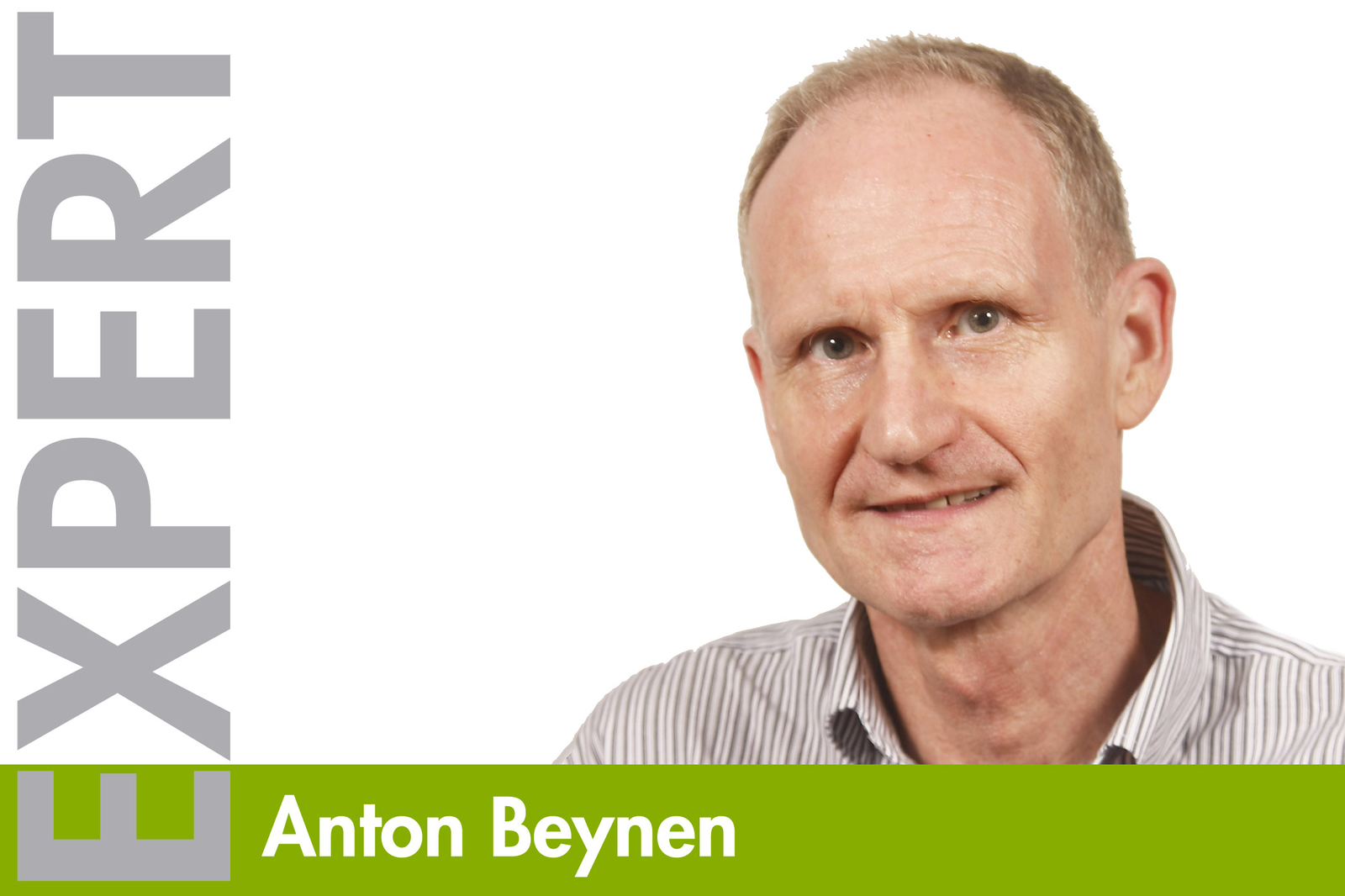
Globally, at least 30% of dogs and cats are overweight or obese. It is an assumed wisdom that diets high in insoluble fibre promote satiety through the sensation of fullness and thus reduce voluntary energy intake, but is this true? Antoin Beynen, a well-known industry expert on petfood and health, addresses this issue.
The insoluble cellulose fibre provides zero calories and is often used as caloric diluter in light foods and veterinary weight-reduction diets for dogs and cats. These fibre-enhanced foods may bear satiety claims.
Crude fibre content
Light foods are marketed for weight maintenance in overweight-prone animals. They contain 6 to 12% crude fibre, whereas regular dry foods have 1.5 to 4% and canine weight-reduction diets up to 22%. Pet food labels must declare the content of crude fibre, representing a measure of insoluble fibre.
Dogs and cellulose-rich diets
Dogs given time-limited access to cellulose-rich diets increase the volume of food ingested without entirely compensating for the lower caloric density of the food so that they eat less energy. This feeding behaviour appears unrelated to satiety. Offering a palatable, low-fibre diet shortly after free access to cellulose-rich food, made dogs markedly top up their previous intakes of dry matter and energy.

Also interesting: Feline hairball control by dietary cellulose
Cellulose-enriched dry and wet cat foods make claims on hairball control. Research data indicate that supplemental dietary cellulose reduces hairball symptoms and raises faecal hair excretion in cats. But the type and amount of cellulose determine the efficacy.
Feeding calorie-restricted amounts of high-fibre foods does not suppress hunger between meals. When dogs were presented unrestricted quantities of a regular food 3 hours after the introduction of a restricted amount of high-fibre food, they brought about a 2-fold increase in their daily energy allowance.
Cats and cellulose-rich diets
Under free-choice feeding conditions, cats do not significantly change bulk intake upon diluting their food with cellulose. Hence, they consume fewer calories. Cats given access to wet food supplemented with cellulose for 6 hours per day maintained dry matter intake. Subsequent dishing up the cellulose-free food enlarged the intake considerably. Apparently, cellulose had not induced satiety.
Dietary fibre may not induce satiety, but it can contribute to weight management in pets. Putting out high-fibre food once daily for about 45 minutes restrains obesity development or induces some weight loss in dogs. Cats self-restrict calorie intake and control body weight when fed on a dry, high-fibre, low-calorie diet, but there will be noticeable inter-individual variation.
Join 26,000+ subscribers
Subscribe to our newsletter to stay updated about all the need-to-know content in the feed sector, three times a week. Beheer
Beheer

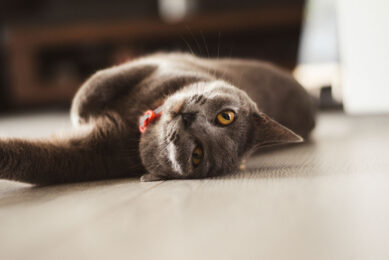
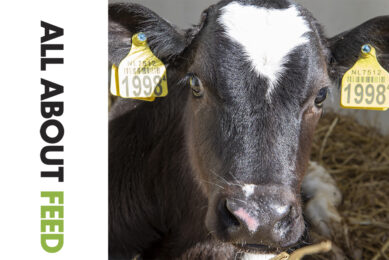
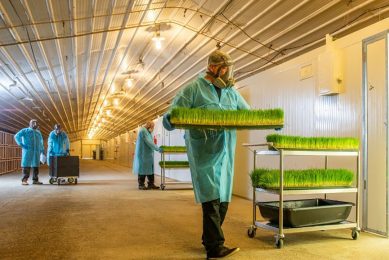
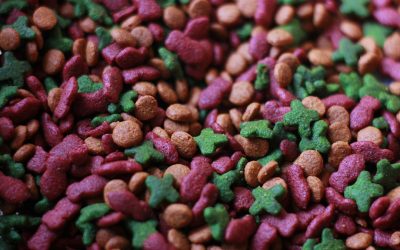




 WP Admin
WP Admin  Bewerk bericht
Bewerk bericht